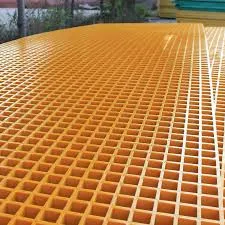Button tooth bits are available in a variety of sizes and configurations to meet the specific needs of different drilling operations. The spacing and arrangement of the buttons on the cutting surface can be customized to optimize the cutting efficiency for a particular type of rock formation. This flexibility makes button tooth bits a popular choice for drilling contractors looking to maximize their drilling productivity.
...
2025-08-15 03:47
1529
